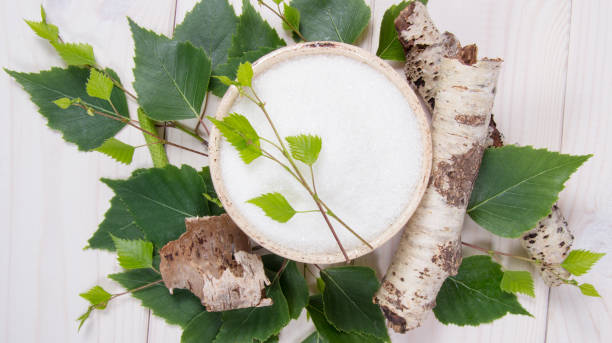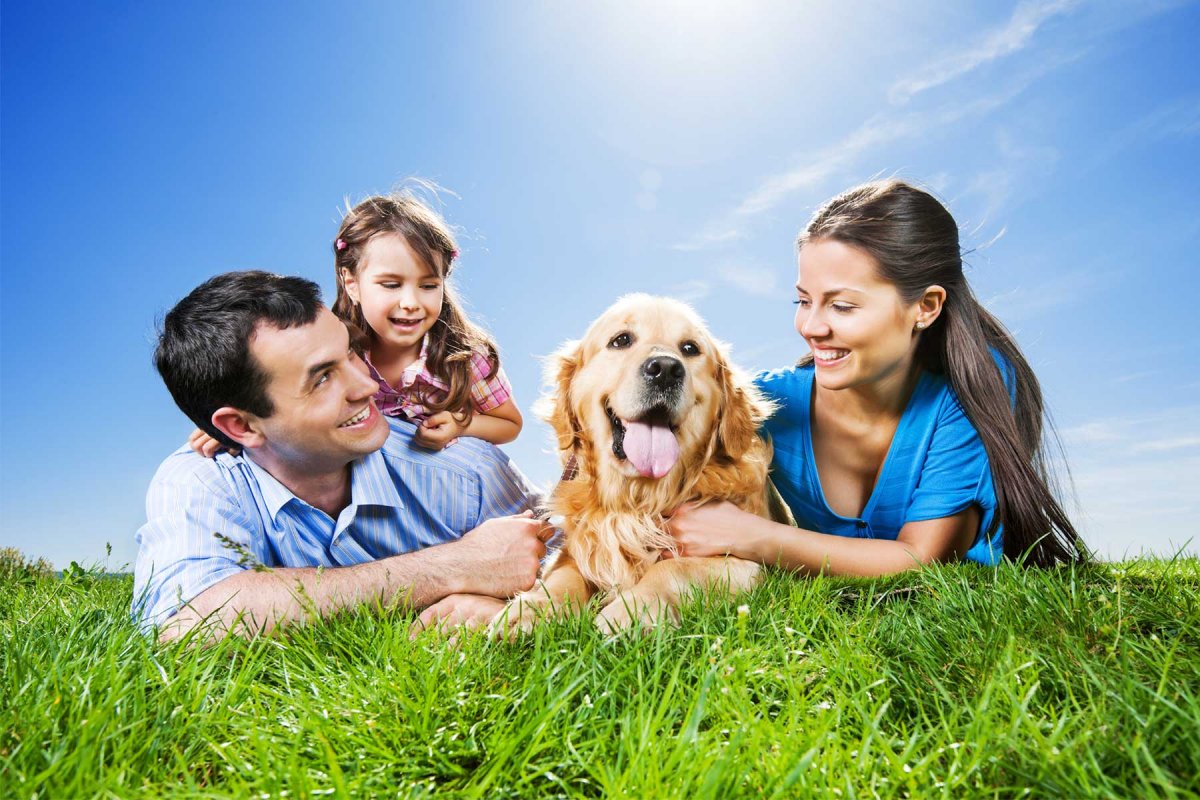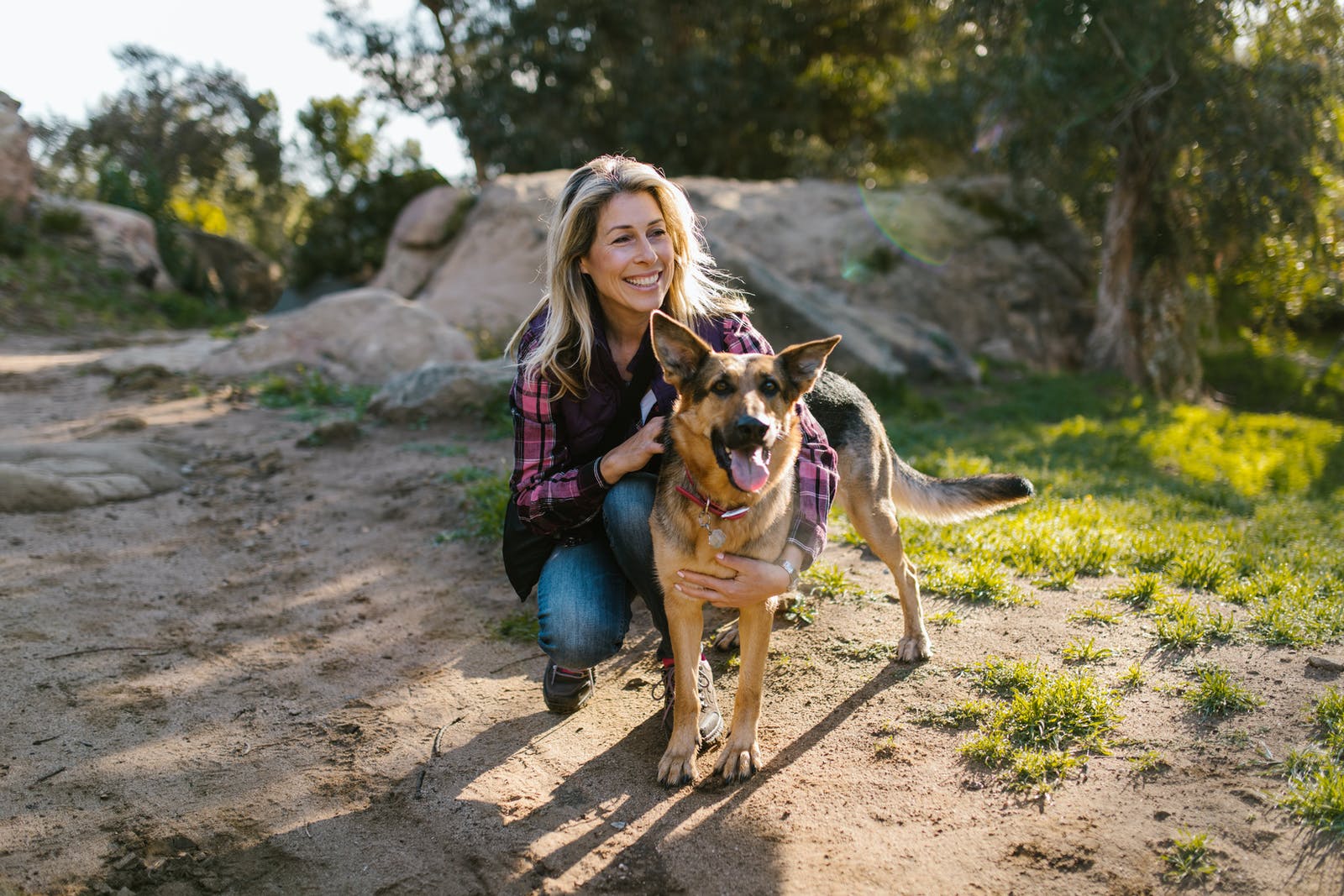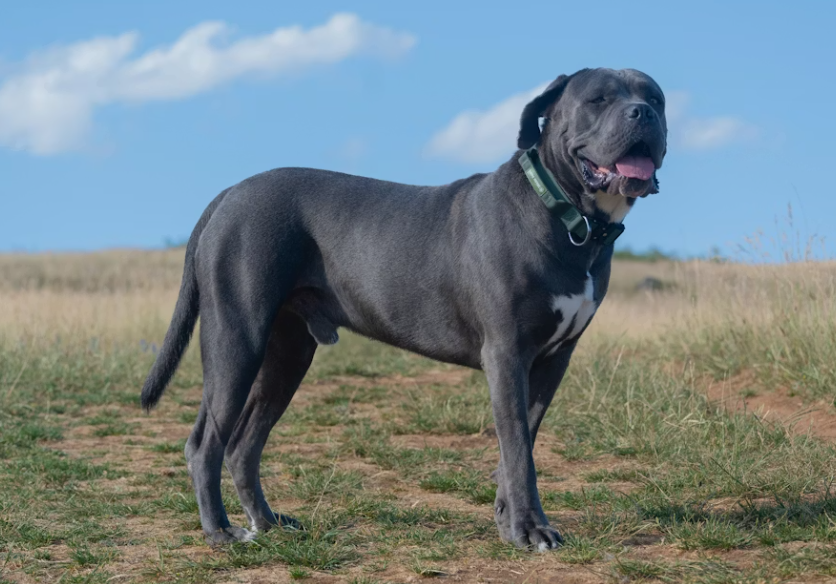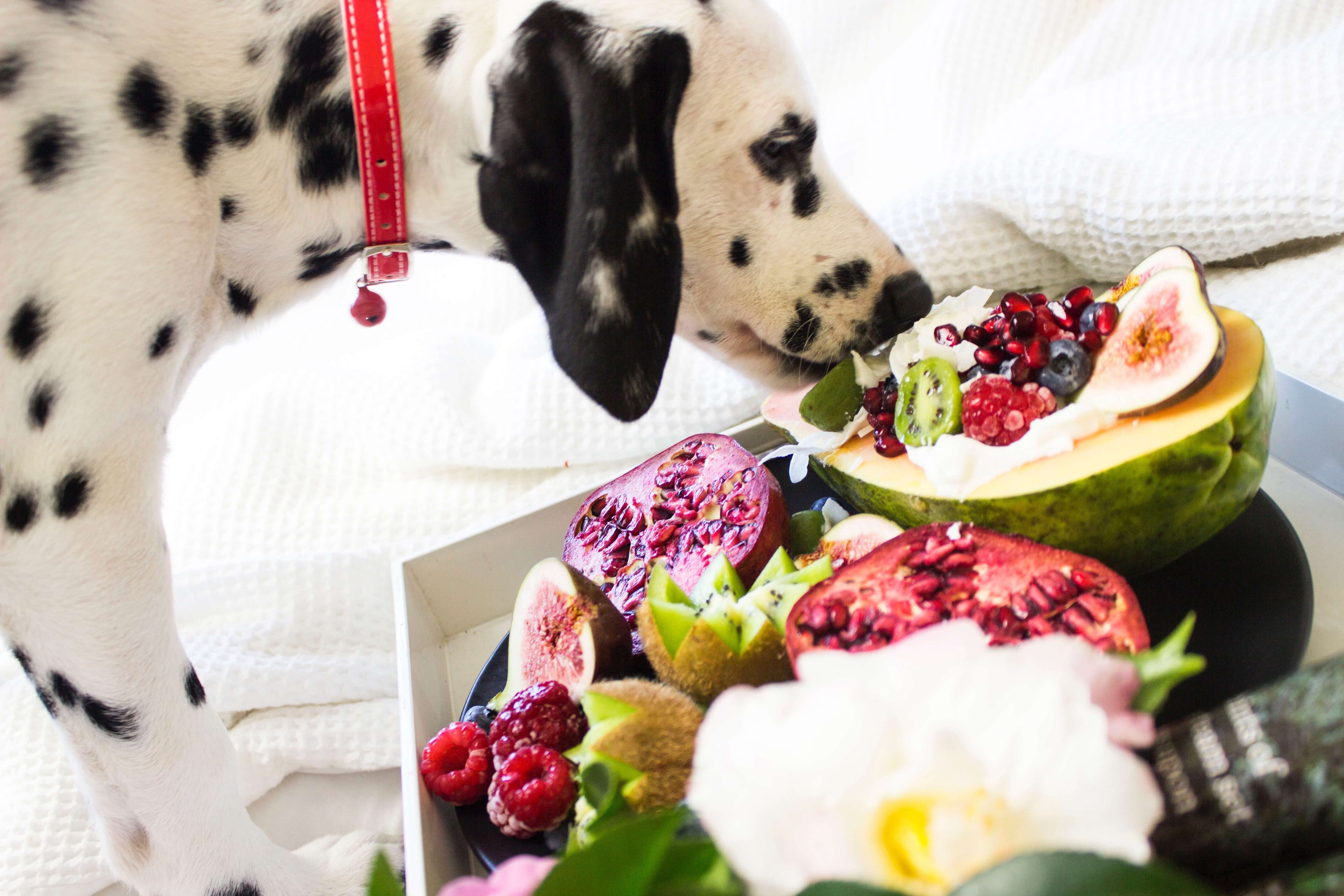
A common but difficult question for dog owners is: Should I share my dinner with my pup when he looks at my food with a salivating tongue and shining eyes? Although many human foods are perfectly healthy for us, they can be dangerous for dogs or cause illnesses and are sometimes toxic, as dogs have a different digestive system than humans. To be a responsible dog owner, you should always bear in mind which foods you should never feed your furry friend. Here we list 11 types of dangerous/toxic food that could injure or kill your dog.
1. Cooked Bones
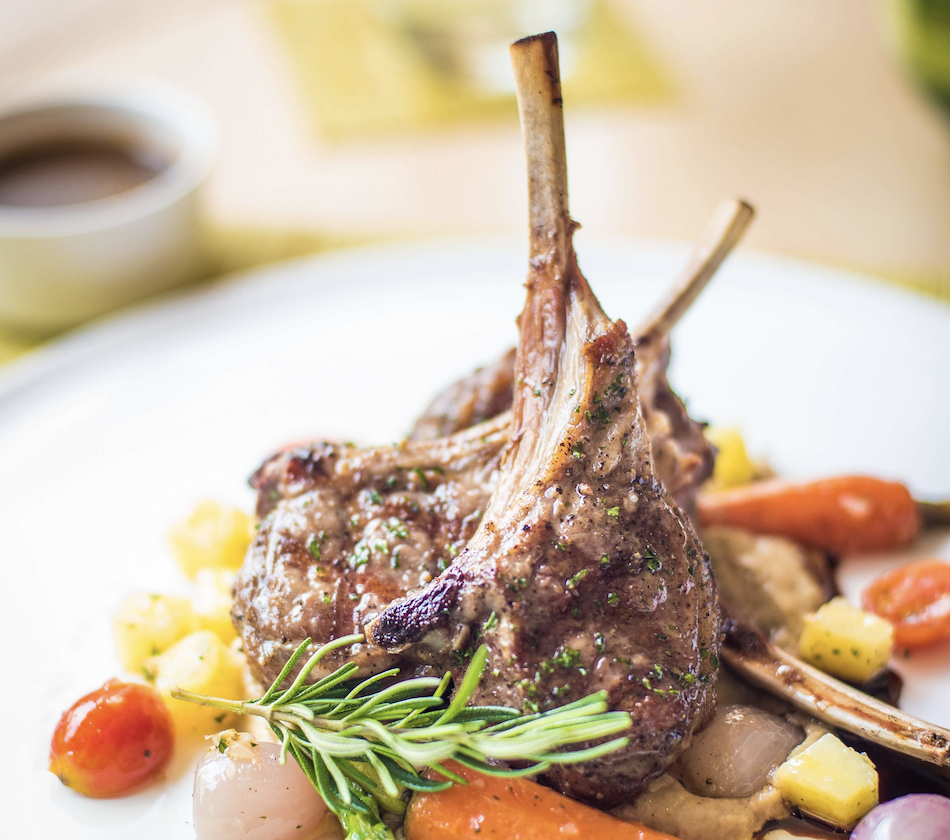
Why they are dangerous: Bones, especially chicken and duck bones, can be more brittle than their raw state after cooking, which makes them more likely to splinter when chewed.
Potential outcomes: Cooked bones might break canine teeth and cause month injuries. If the bone is blocked in the intestinal tract and stomach, it can cause peritonitis or inflammation around the stomach tissue.
2. Liver
Why they are dangerous: Organ meat, especially liver, is rich in vitamin A and protein, which is a safe and healthful option for dogs that are injured or sick. However, an overdose of vitamin A can lead to severe vitamin A toxicity. Therefore, we should avoid feeding dogs too much organ meat or use the liver as their main food for a long time. The amount of vitamin A in a dog’s diet should be less than an ounce. But if you are unable to control the amount, we recommend that you buy special canine supplements under the guidance of a vet.
Potential outcomes: Vitamin A toxicity can cause irreversible problems in joints and new bones. Dogs’ joints will become stiff and immobile, which makes walking or running difficult. Too much vitamin A will disrupts new bone formation and cause panic and discomfort in the neck.
3. Onions, Garlic, and Leek

Why they are dangerous: When dogs eat these vegetables and the rest of the allium family (whether raw/cooked/roasted of powdered), they can irritate the stomach and intestines and cause injuries to the red blood cells. All foods in the allium family contain these potential problems, including left-overs, gravies, and sauces.
Potential outcomes: Your pup may get hemolytic anemia a few days after accidentally consuming a large number of raw onions and garlic. At the same time, you would find that your dog’s pee is bloody, and you need to take it to the vet as soon as possible.
4. Chocolate and coffee
Why they are dangerous: These products are very common for humans, but due to their high levels of caffeine highly toxic for dogs. If your pup swallows a handful of coffee beans or a few pieces of chocolate, it will not only cause it discomfort but can even be life-threatening. However, the chocolate treats for dogs on the market are safe, as they are made from a special chocolate substitute that does no harm to dogs.
Potential outcomes: Dogs who have eaten these foods have different symptoms depending on the amount of caffeine consumed. The most common signs are vomiting, diarrhea, frequent drinking of water, abdominal discomfort, drowsiness, muscle twitching, abnormal heart rate, fever, epilepsy, or even death.
5. Very salty, sweet, or fatty food

Why they are dangerous: If a dog eats too much salt, it will cause excessive thirst and urination. Since the urine has to be filtered in the kidneys, the kidney load increases. Once the kidneys can no longer function normally, there will be disturbances in the fluid balance, leading to various skin diseases in dogs. Eating foods high in sugar or fat for a long period of time will lead to obesity and a number of secondary illnesses.
Potential outcomes: Too much salt will lead to sodium ion poisoning. Your dog may experience vomiting, diarrhea, fever, epilepsy, involuntary shaking, or tremors.
6. Grapes, raisins, and some specific fruits
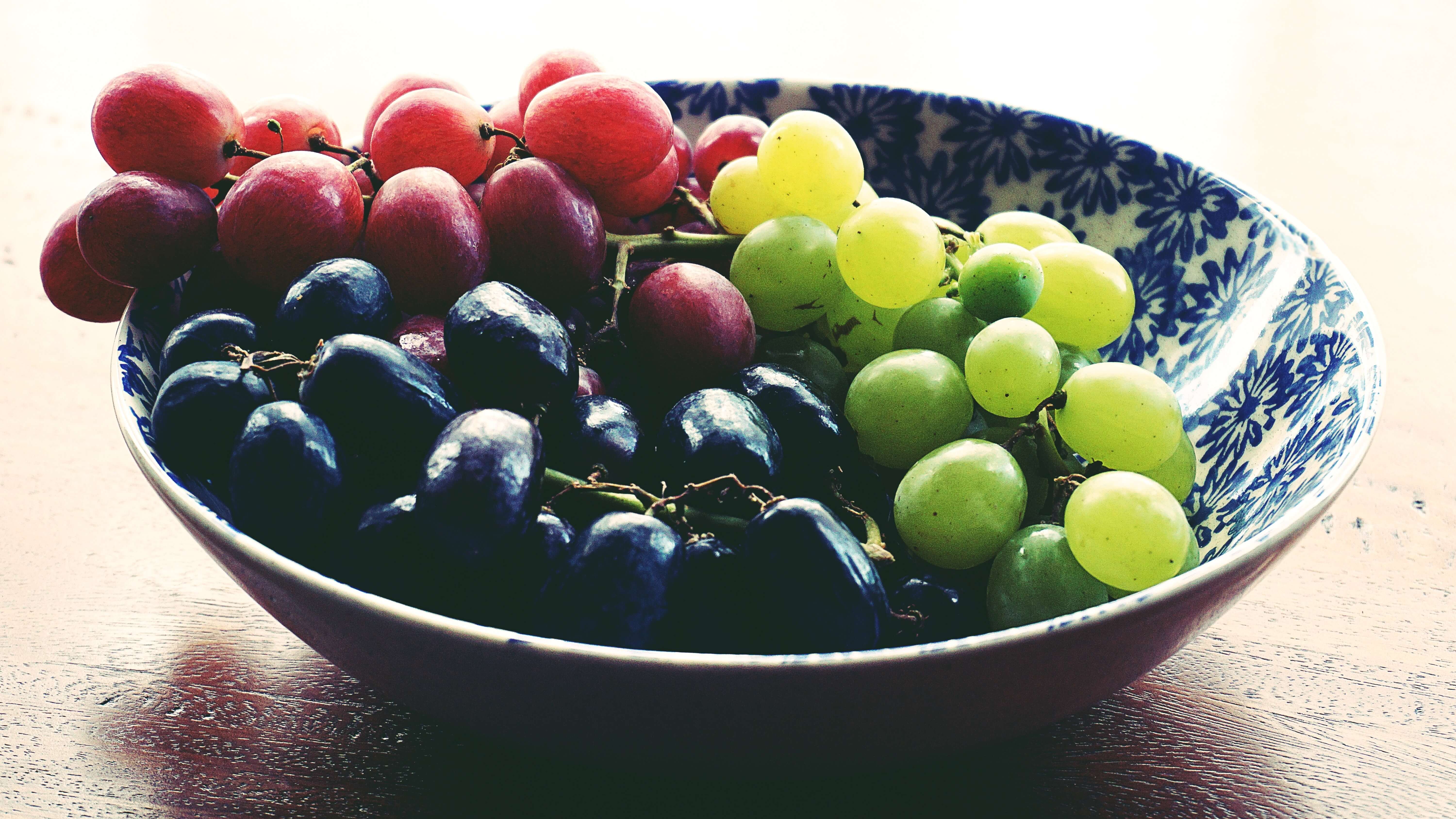
Why they are dangerous: For some dogs with underlying health problems, grapes and raisins are poisonous foods. It might make them vomit, get diarrhea, and feel drowsy within 12 hours. If the dog does not receive proper treatment, it will lead to dehydration, loss of appetite, and frequent urination, followed by decreased urine output.
Apart from grapes and raisins, some other fruits can also harm your dog’s health, such as cherries, pineapple, mango, peach, and unripe tomatoes. Pineapple can easily trigger allergies and affect the pH value in the dog’s urine.
Potential outcomes: There is no “safe” dose of grapes and the dangerous fruits mentioned above. In most cases of poisoning, dogs have eaten the whole fruit with peel and seeds. However, some dogs who eat only a couple of raisins or grapes have terrible kidney failure and have to be hospitalized for days. If these dogs do not receive any treatment, they will die 3 to 4 days after the toxic symptoms appear.
7. Corn cobs, peaches, plums, and avocados
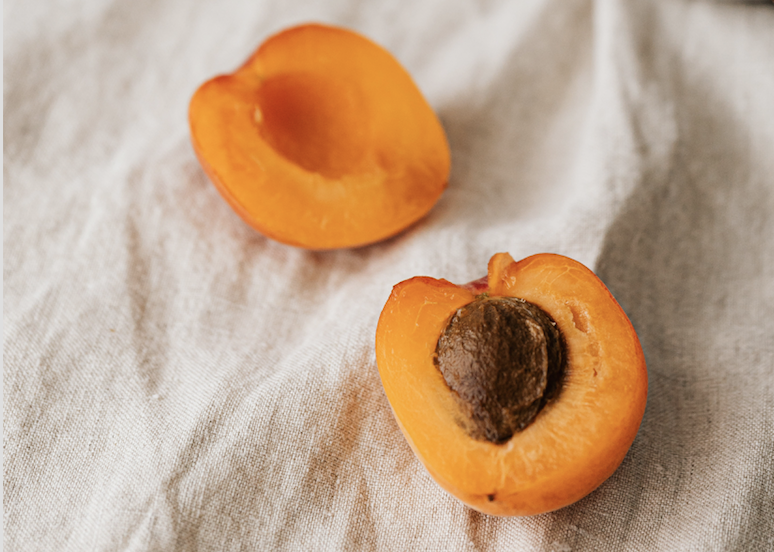
Why they are dangerous: These foods are not toxic to dogs and seem like a healthy table scrap to give to your dog. However, the cob of corns and the seeds (also known as kernel or pits) of stone fruits like peaches, plums, or avocados can be a risk if your dog swallows large chunks of them because the dog’s stomach cannot digest the corn cobs and seeds well. In addition, avocados have a high-fat content that is difficult to digest and leads to abdominal pain.
Potential outcomes: A large cob can block the dog’s intestines and stomach. Your dog might have these signs: vomiting, loss of appetite or reduced appetite, constipation or diarrhea and abdominal discomfort. A vet may need to have to remove the corn cob via surgery.
8. Soybean products
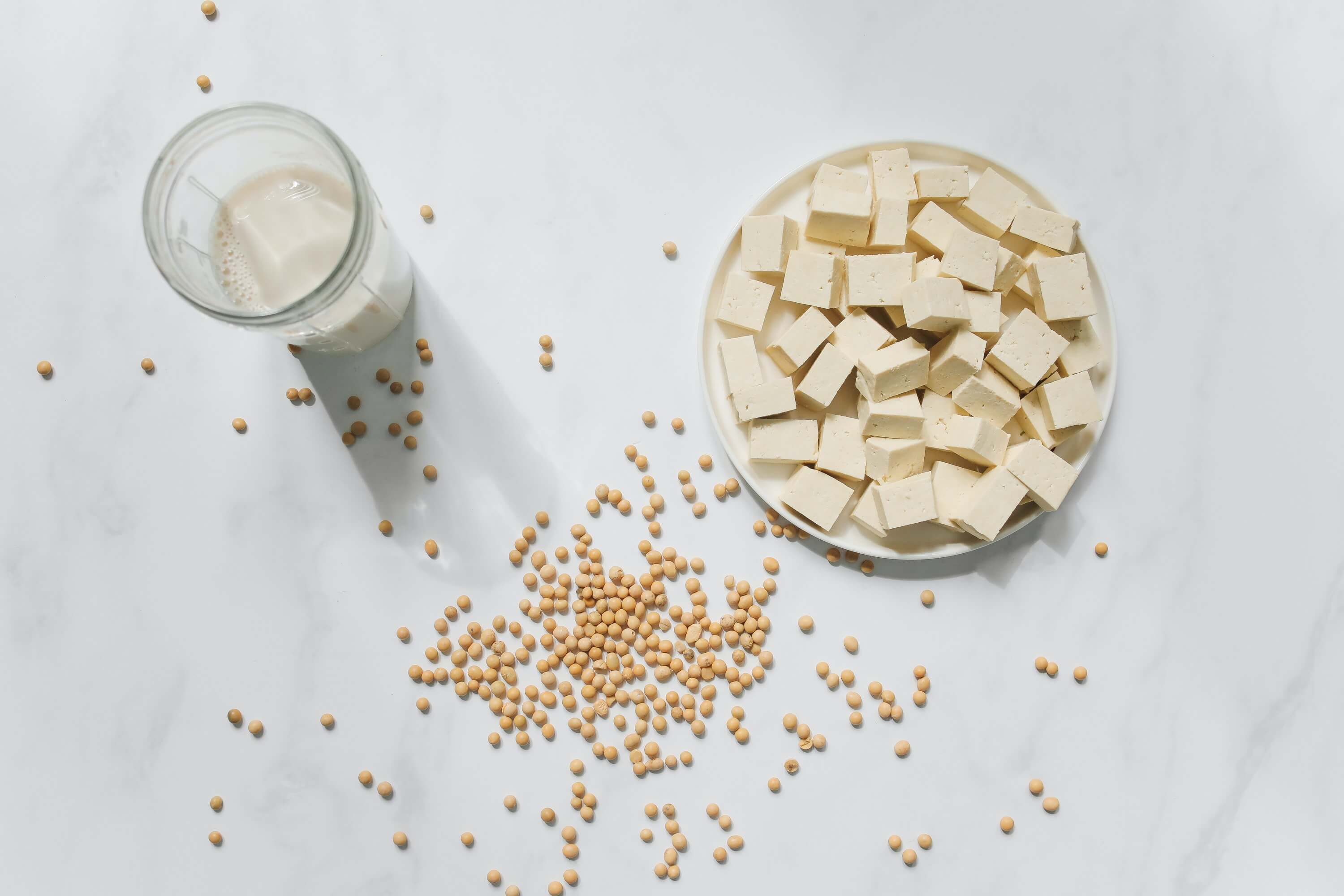
Why they are dangerous: Soybeans are a common and safe ingredient in dog foods, but can also endanger your dog. Some dogs are allergic to soybean products such as soy drink, tofu, soybeans, and soybean oils.
Potential outcomes: These foods stimulate the canine stomach and cause bloating, vomiting, and diarrhea. If the allergic reaction does not go away within 24 hours or worsens, you should immediately contact a vet for additional treatment.
9. Alcoholic beverages and bread dough

Why they are dangerous: Dogs are more sensitive to alcohol than humans. Consuming only small amounts of alcoholic beverages and food products may cause toxic reactions and a series of complications. The bread dough’s yeast will expand in the canine’s stomach and produces ethanol - the component of alcohol. Therefore, eating bread dough may have symptoms similar to drinking alcoholic beverages.
Potential outcomes: The most common signs are vomiting, stomach bloating, disorientation, fever, restlessness, excessive gasping, muscle tremors, and seizures. A dog with alcohol poisoning should be treated by a veterinarian until it is completely cured. Otherwise, your pup will have organ failure or even die.
10. Milk and milk-based products
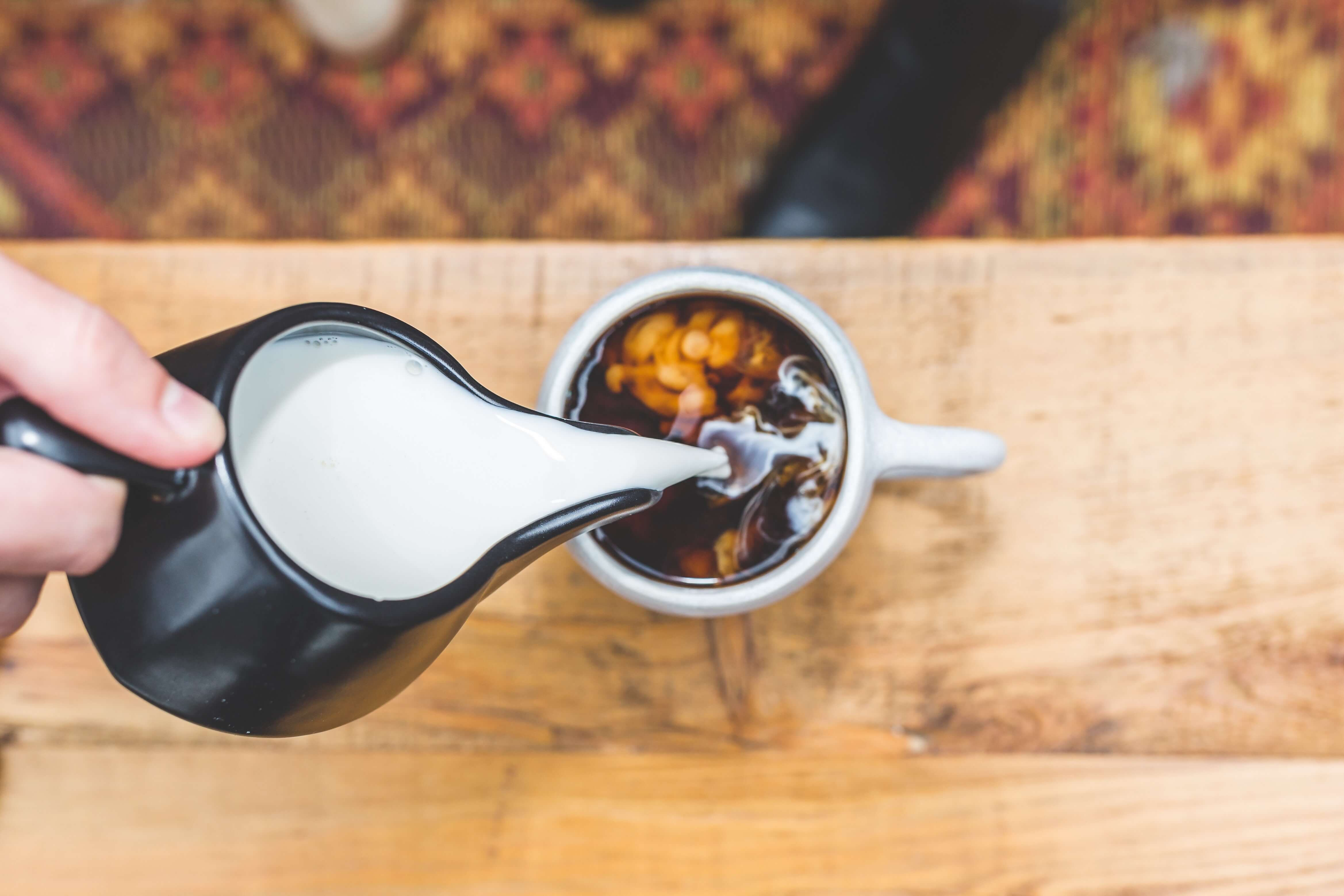
Why they are dangerous: Milk is perfectly healthy food for both children and adults, However, unlike humans, most dogs are lactose-intolerant as they were born with insignificant amounts of the enzyme to break down the lactose. This means that a number of dogs cannot digest lactose in milk, cheese, ice cream, and other milk-based products. Feeding your dog these foods will cause digestive problems.
Potential outcomes: A cup of milk can cause diarrhea, subsequent vomiting, and gastrointestinal disorders in your dog. Symptoms may be worse in puppies as they don’t have a complete digestive system. Long-term diarrhea might lead to chronic diarrhea and affect their physical development.
11. Xylitol
Why they are dangerous: Xylitol is a kind of sugar substitute in sugar-free gum/candy/baked products, toothpaste, mouthwash, and lozenges. It can cause insulin spikes and severe liver problems. In some cases, a 10-pound dog can be poisoned after only eating a small gum.
Potential outcomes: Dogs may have the following symptoms: vomiting, seizures, and loss of direction. It can also lead to low blood sugar and liver failure within minutes to hours.





